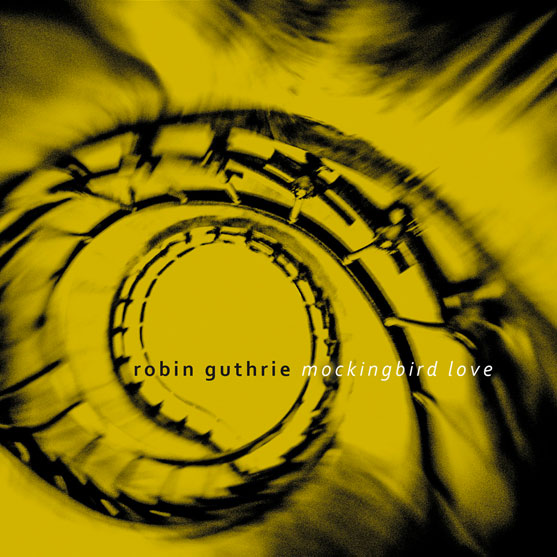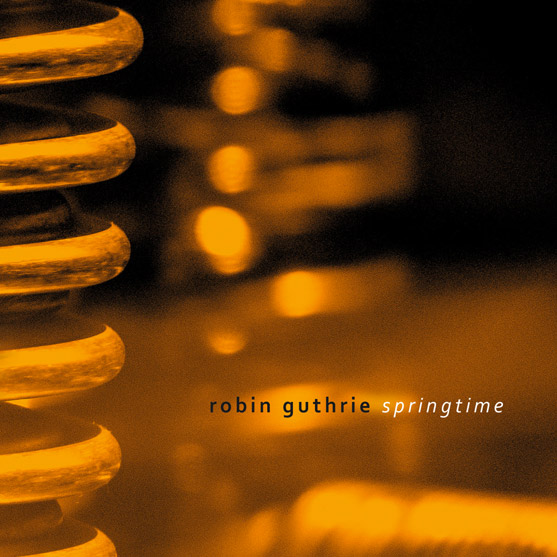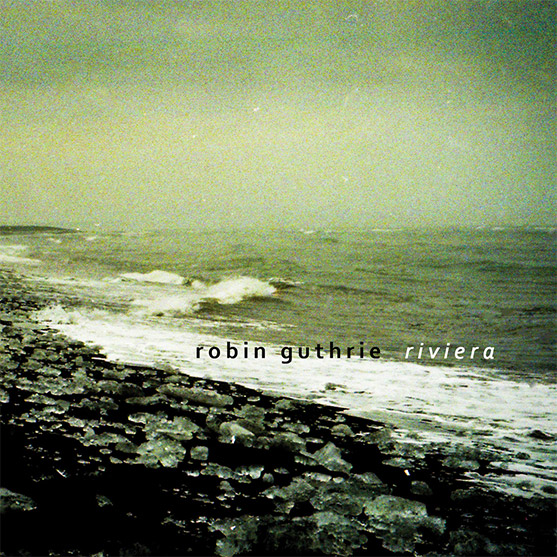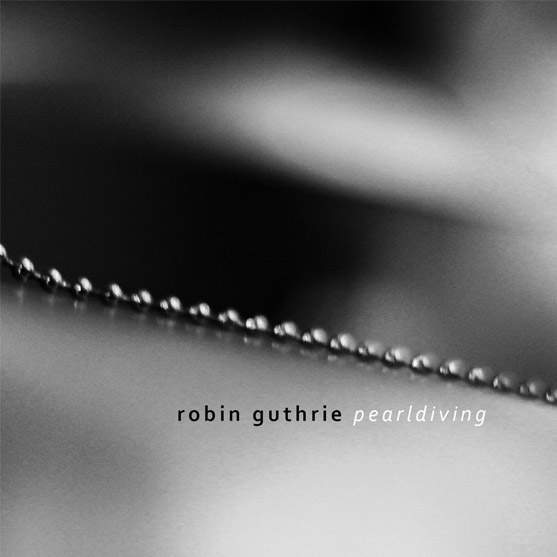Recently I read Peter Hook’s book about his time in New Order, Substance. This is his third book, after the ones he wrote on the Hacienda club and his life in Joy Division, but the first one I’ve read.
I’ve been a fan of the band New Order ever since I heard a clip of Blue Monday on the radio in Zambia in 1982 and recorded that snippet on tape. As soon as I was in a place where you could actually buy records I bought the 12″ Blue Monday on vinyl. It might even have been the first vinyl record that I ever bought. I played their second album, Power, Corruption & Lies endlessly on my Sony Walkman, and later on CD. I think their third album, Low-Life, is the best they ever made, but aside from maybe two songs (Regret and Touched by the Hand of God), I’ve not cared enough about their subsequent albums to buy them, and I can’t remember any other of the songs (well, maybe a small part of Crystal). Although I didn’t care as much about Joy Division as New Order, they still had great songs such as Atmosphere, Decades, Transmission, Isolation, and even the overplayed Love Will Tear Us Apart. No doubt many people wonder what would have happened if Ian Curtis hadn’t killed himself, though personally I think he would have gone solo at some point.
Until a few years ago I’d almost stopped listening to either New Order or Joy Division. Then maybe in somewhere between 2015 and 2018 I started listening to Peter Hook’s band, The Light, on streaming services as they played every song in the catalog of Joy Division and New Order, and breathed new life into the catalogs of both bands (at least through the Low-Life album). At that point in time I didn’t know that Hook had left the band (not once but twice). In terms of music, they seemed to have over time become more electronic focused, and I always though the bass was an integral part of the band; not just the bass, but how Hook played the bass. Electronics in the terms of synths has always been a part of New Order, but instead of remaining revolutionary, the edges were all smoothened out over time. It was at that point that I read about the acrimonious departure of Hook from the band, the lawsuits, and read more about the musical direction of the band. Maybe because I read Hook’s words before anyone else’s, or just because I favored the bass, I fell on the side of Hook.
In reading Substance, and even some interviews, Hook is far from perfect. He comes across as a royal jerk at times, his pranks bordering on hurtful. He almost delights in his tales of sexual encounters despite being married, and the booze flowed freely and drugs of all sorts abused. He had no sense when it came to money, failed to protect the band’s brand (though trumpeted his own brand and name). But then, few musicians are perfect. Artists tend to be more screwed up than most people. The story of New Order, born as it was from Ian Curtis’ death, seems the typical cliched tale of sex, drugs, and rock n’ roll. There was plenty of all those elements in many bands back then (and even before and probably since). Hook doesn’t shy away from covering all those aspects, from the multitude of drugs, the booze, the partying, but also the music. He’s been part of two major bands in his lifetime, as Joy Division and New Order remain influential even to this day. When he left the band, though, it should have reformed under a different name. The band “New Order” doesn’t exist without such a key member gone.
Although Hook is far from the greatest prose stylist, and sometimes his cataloging of dates and events seems dry and irrelevant, his descriptions of the recording process, the tedium of road trips and concerts were perhaps the best parts of his book. From 1980 when the three surviving members of Joy Division formed the band, until his final departure in 2007, those decades leave behind a huge body of work. Unfortunately, those decades of work also led to a great deal of friction between Hook and the others in the band, especially guitarist and singer, Bernard Sumner. This is evident on almost every page in the book, and the rift between the two appears irreparable. If you take only Hook’s point of view, Sumner does come across as a major prick, in the English manner of speaking. The lead singer is the front person of the band, the ego grows, and if someone else in the band also has an ego (as does Hook), and they have diverging ideas, then inevitably a conflict results. In recordings, if we are to believe Hook, Sumner gradually edged out everyone. The fact that drummer Stephen Morris remains with the band is perplexing. His wife, keyboardist Gillian Gilbert, does not get any credit from Hook, which is one of the strangest parts of the book, as Sumner gets a lots of credit, and Morris as well, despite the rift between them all.
There have been many other famous splits in music history—band breakups and departures, firings, simple dissolutions (The Beatles and The Smiths to name a couple from different lifetimes). If the Joy Division members decided that they wouldn’t continue under the same name if someone left, that’s not the case with New Order, as after Hook left in 2007 they still soldiered on, though any releases since that date has continued the life-less and bass-less trend from all post-Low-Life albums. Hook’s book intimates that Sumner was heavily to blame for this direction. (Interestingly, one concert video from near the time of Hook’s departure capture’s Sumner’s petulance, where he tells the audience that wouldn’t it be great to turn down Hook’s bass. It makes you wonder if he forgot what made New Order interesting and unique in the first place.)
In the end, I read Substance over the course of a few days, captivated by the tale. I’m planning on reading the book on Joy Division next, but may skip the one on the Hacienda. That one sounds like a true downer.
(Asides: The title of the book applies both to the collection of songs that New Order released, and the drugs often imbibed by the entourage and band. Also, I found it interesting that all his children’s names begin with “J” which is a very “hooky” letter, indeed.)



